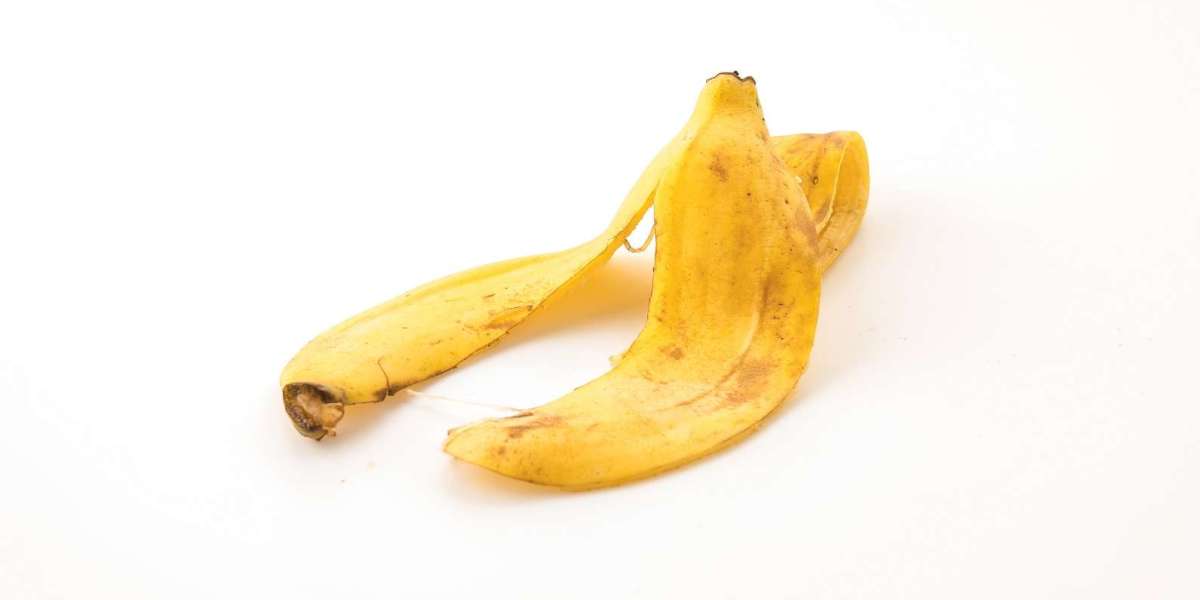article image source: freepik.com (link)
Each year, as summer fades and the air turns crisp, forests around the world transform into breathtaking mosaics of red, orange, and gold. The sight of autumn leaves never fails to captivate us — yet behind this dazzling display lies a fascinating mix of science, survival, and mystery.
advertisement
The Science Behind the Colours
During spring and summer, leaves serve as tiny solar factories. They’re packed with chlorophyll, the green pigment that captures sunlight and converts it into energy through photosynthesis. This process produces the sugars that fuel a tree’s growth.
But as autumn arrives, days grow shorter and temperatures drop. Trees sense these seasonal changes and begin to prepare for winter by slowing their food-making machinery. When chlorophyll breaks down, the hidden pigments beneath — carotenoids and xanthophylls — emerge, revealing the brilliant yellows and oranges we associate with fall.
Some trees go further, producing new pigments called anthocyanins, which give rise to vivid reds and purples. These pigments form when sugars get trapped in the leaves and undergo chemical changes in cool, sunny weather. That’s why maple trees can glow crimson while others, like oaks or beeches, turn bronze or gold.
Nature’s Balancing Act
The change in colour is more than just a seasonal show — it’s part of a delicate survival strategy. As the leaves fade, trees begin reclaiming valuable nutrients from them, sealing off the connection between the leaf stem and the branch. Once the seal is complete, the leaves fall, leaving behind a small scar — a natural way for trees to conserve resources and protect themselves from the harsh winter ahead.
Evergreen trees, such as pines and spruces, follow a different path. Their needle-like leaves are built to withstand cold, conserving water and energy throughout the year, allowing them to stay green even in the depths of winter.
Why Did Trees Evolve Autumn Colours?
While the chemistry of colour change is well understood, why trees evolved to produce such vivid hues remains an open question.
One leading idea, known as the photoprotection theory, suggests that pigments like anthocyanins act as a kind of sunscreen. As the chlorophyll fades, leaves become more vulnerable to sunlight and oxidative damage. The red pigments may protect them from this stress, helping the tree safely reclaim nutrients before the leaves drop.
Another theory points to a possible relationship between trees and insects. According to the co-evolution theory, red leaves might serve as a warning signal to pests like aphids, discouraging them from settling on trees that are about to lose their leaves. However, this idea is still debated — research shows that many insects cannot even see the colour red, raising questions about whether colour truly plays a defensive role.
It’s also possible that both theories are right to some extent. The colours may protect the leaves from light damage while also serving as subtle signals within the ecosystem.
A Symphony of Factors
Climate and geography shape the splendour of autumn as well. Regions like eastern North America and East Asia are famous for their intense red forests, while parts of Europe tend to produce more golden hues. Scientists believe this is due to differences in sunlight, temperature changes, and growing seasons.
Weather conditions also influence the brilliance of fall colours. Cool (but not freezing) nights and sunny days enhance anthocyanin production, resulting in more vivid reds. Overcast or rainy weather deepens yellows, while drought or early frost can dull the palette or cause leaves to drop before they change fully.
With climate change altering seasonal patterns — warmer autumns, prolonged droughts, and irregular frosts — some regions are already seeing less intense and shorter colour displays. As one ecologist noted, “Those shallow-rooted plants that produce the brightest colours are often the first to struggle.”
Our Role in the Autumn Story
Humans may also play an indirect role in shaping autumn’s beauty. Over centuries, we’ve cultivated and replanted trees with the most vibrant colours in parks and cities, possibly influencing which pigments thrive. Urban heat and artificial lighting can also affect how and when trees display their hues, creating new patterns of colour even within human landscapes.
Conclusion: The Living Poetry of Autumn
The mystery of autumn leaves is both scientific and soulful. It’s a story of chemistry and adaptation — but also one of resilience, timing, and transformation. As trees draw in their last sunlight before the long sleep of winter, they paint the world in a final burst of brilliance.
Perhaps that’s the quiet message of autumn: that endings can be beautiful, and that change — even when it means letting go — is part of life’s most natural rhythm.
Sources
BBC Future – The Mystery of Why Leaves Change Colour in the Autumn (2025)
Smithsonian Institution – Why Do Leaves Change Color in the Fall?
Thank you !







